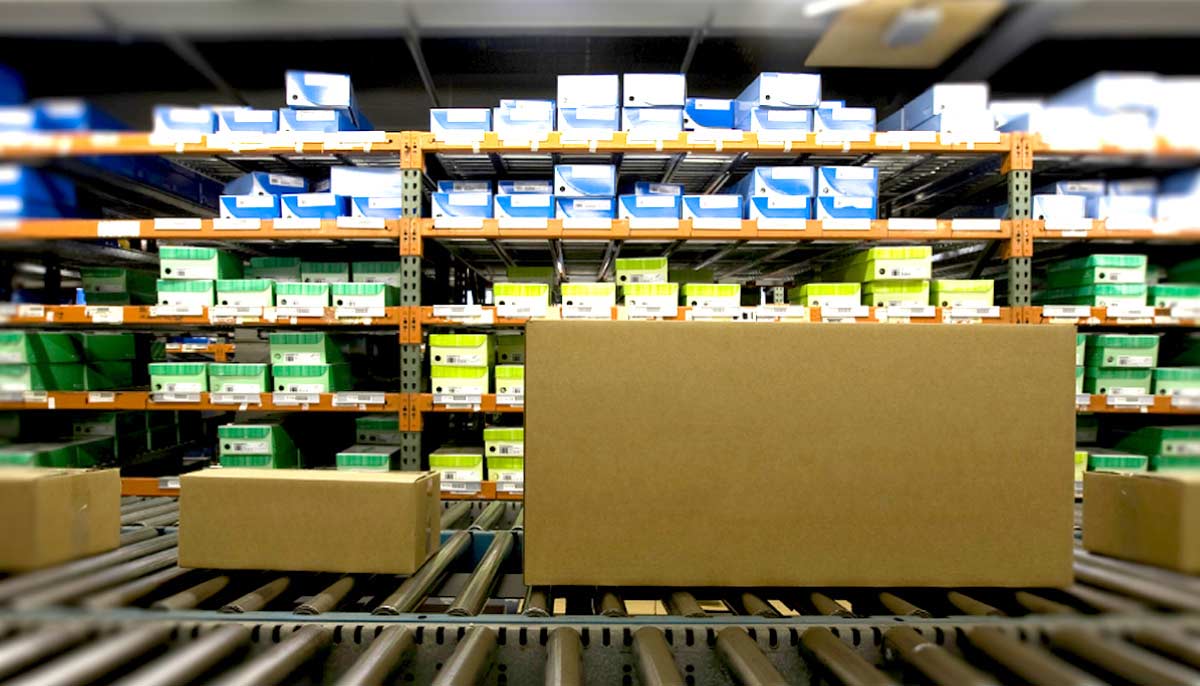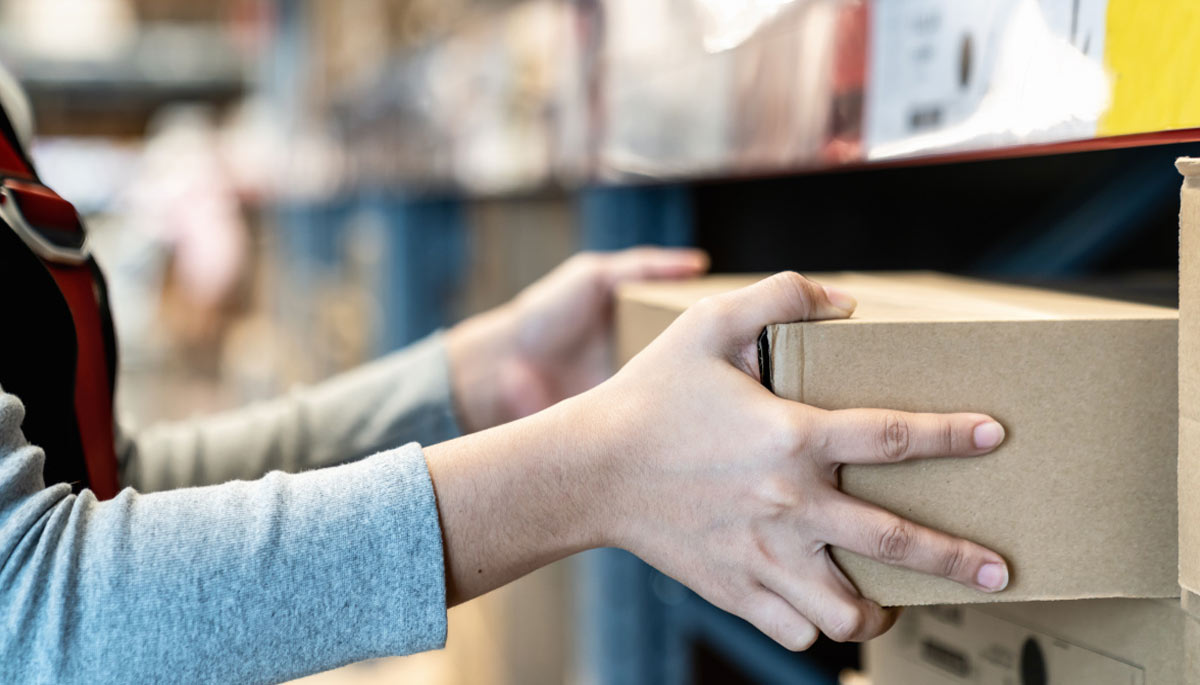
The Rise of Pop-Up Distribution Operations
The pop-up phenomenon has and continues to remold the retail landscape as we know it – and there’s no sign of this trend slowing down. PopUp Republic estimates that $50 billion in sales is generated by pop ups annually. Due to affordable short-term leases and advances in technology, the concept of pop-up facilities in retail is now presenting brands with an agile alternative to traditional commerce operations.
The rise in social media, developments in omni-channel shopping, and the demand for breathing fresh life into the traditional high street are all factors that have contributed to the success of pop-up shops in recent years. Retailers from around the world such as Birchbox, IKEA and Pantone are just a handful of brands utilizing pop-up stores – not just to increase brand exposure but also to gain valuable customer[1] feedback.
However, whilst the modern pop-up has been embraced by retailers large and small since 1999, the concept of a pop-up distribution centre is still fairly new. Here are three important reasons why temporary distribution operations are becoming a permanent fixture in today’s evolving retail landscape:
- Flexibility and low capital outlay
With service level expectations getting harder to meet – a flexible approach to order fulfillment is essential. Today’s consumers not only expect an order experience that’s entirely seamless, but expect fast fulfillment of products at the best possible value. Consumers expect next day delivery as standard and are increasingly demanding same day delivery options, forcing retailers to explore last mile delivery options. Brands who struggle to keep up with consumer demand risk losing out to the competition.
Non-traditional fulfillment methods like pop-up distribution centers and space-on-demand warehousing can provide a flexible and cost-effective solution to this, due to their adaptable nature. Pop-up distribution centers can be set up anywhere and help online retailers get their products closer to the customer. The current ambiguity caused by Brexit on cross-border trading, means it’s more important than ever for brands to be able to respond to the growing needs of today’s consumer, quickly.
Pop-up and decentralized distribution centers can ensure retailers don’t have to commit to moving their inventories overseas permanently to respond to these pressures. Alternatively, they provide the option of exploring last mile fulfillment with a view to making the pop-up distribution solution permanent.
- The ability to scale up fast
Pop-up distribution centers can also be extremely effective when scaling up. Thanks to advances in technology and a rise in social commerce, customers can order products at a click of a ‘Buy Now’ button, but they also now expect the delivery experience to be just as quick and seamless.
For brands that may not have the right infrastructure, ability or expertise in-house to react to customer demand, pop-ups could be the solution. They also allow growing brands the flexibility to test the waters in new regions and approach new audiences without having to commit serious resource to a permanent facility, reducing initial capital outlay and representing better value for money.
- Better preparation for peak
Keeping up with peak demands can be extremely challenging for e-tailers both big and small. Often brands will find their current facilities cannot support peak volumes and that extra warehousing is needed. Bringing another permanent facility online can be costly and extremely time consuming. Small to mid-size businesses preparing for seasonal events like Christmas, Black Friday and Cyber Monday, can use pop-up distribution centers as a short-term solution to expanding fulfillment capabilities and ensure they are fully prepared for the pressure of peak season trading. They can also support short periods of increased demands around promotional campaigns.
The implementation of non-traditional fulfillment methods, underpinned by technology, is the key to success in the fast-paced and competitive retail landscape of today. By bridging the gap between online and offline marketplaces, retailers can provide their customers with a completely seamless experience for their order. Ultimately, being able to reach customers quickly and efficiently will be essential to successful growth in the retail sector.
[1] https://www.shopify.co.uk/retail/pop-up-shop-ideas-lessons-from-10-successful-shops-to-help-you-get-started


